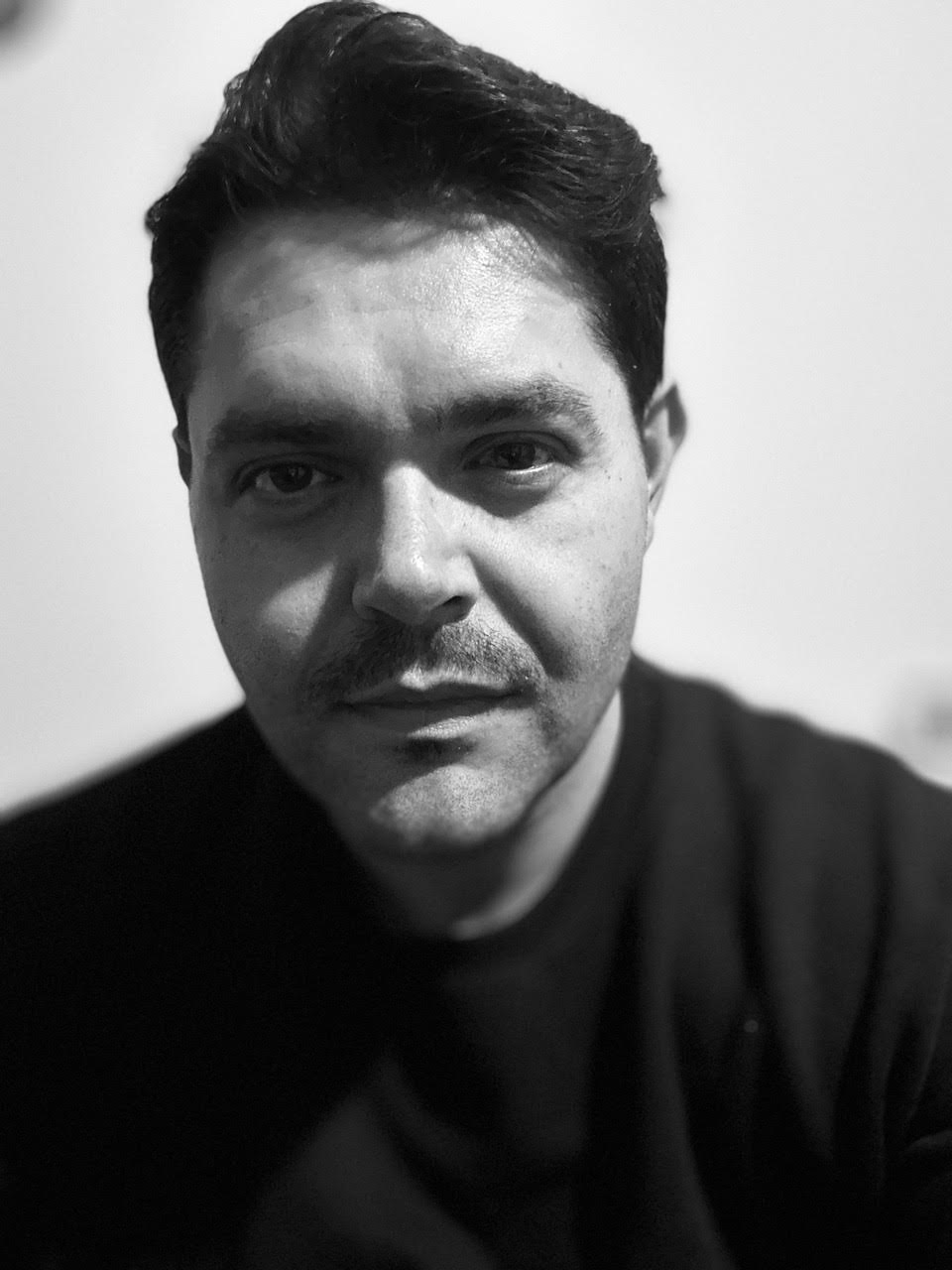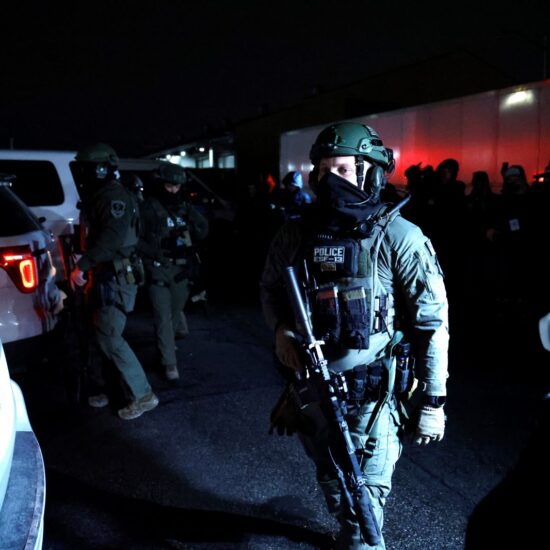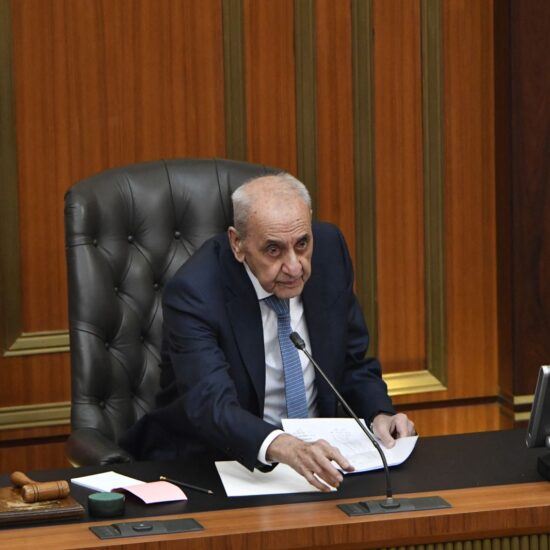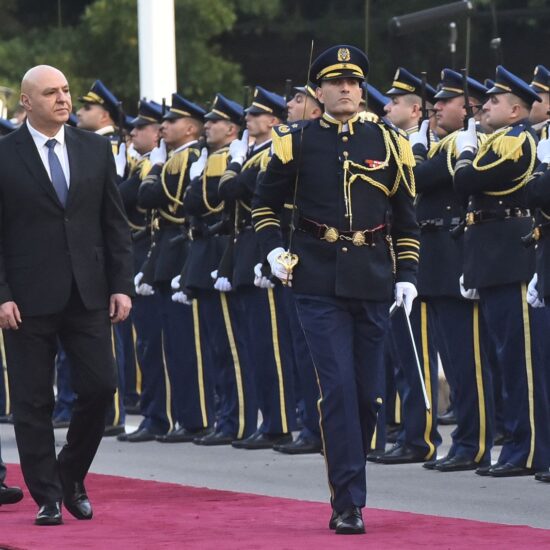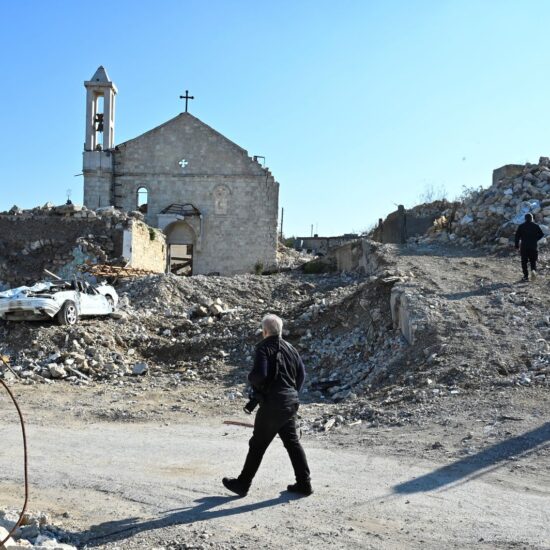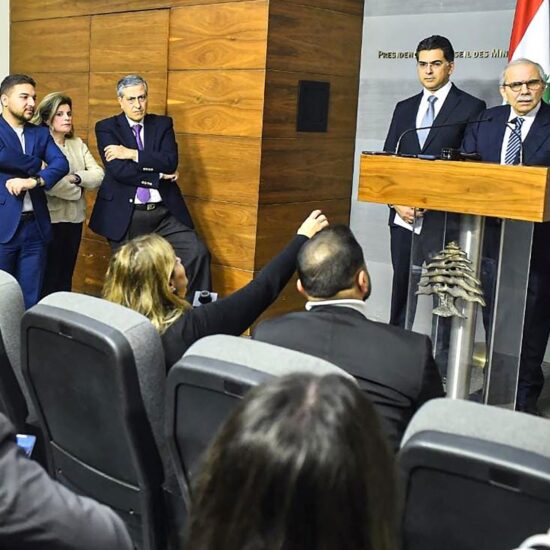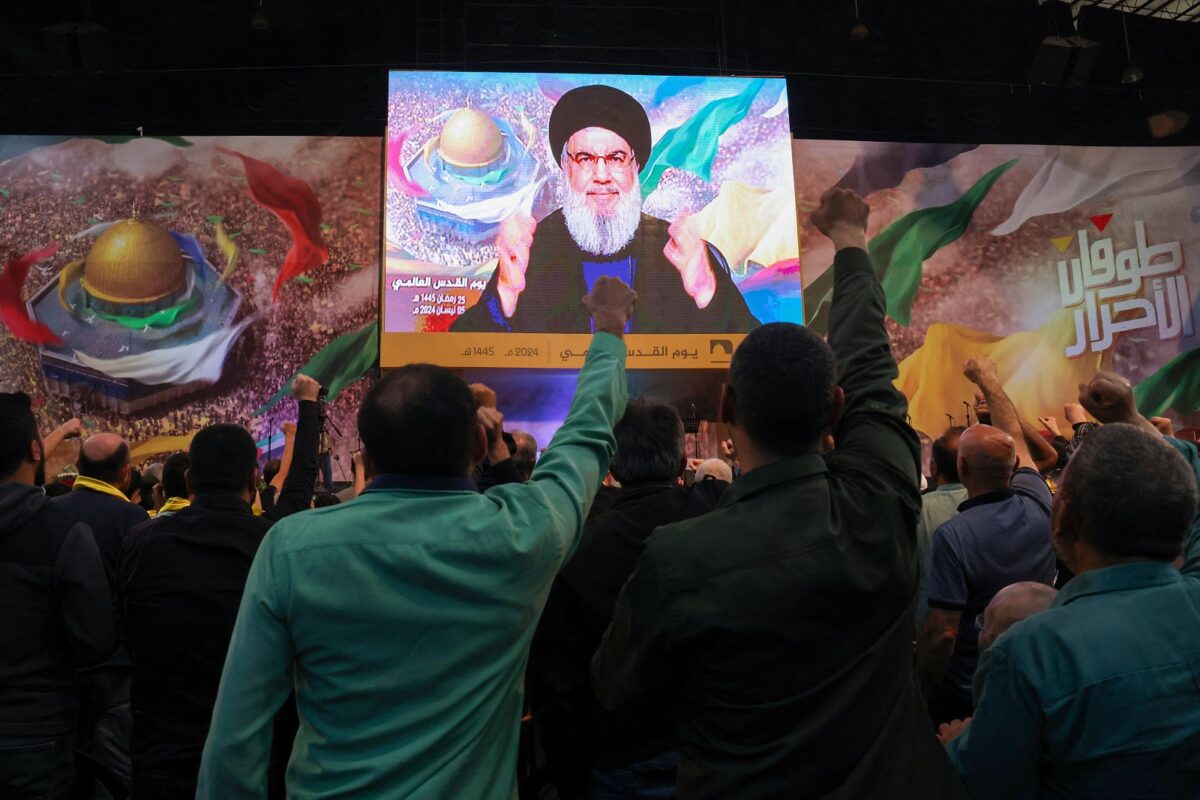
Breaking down the last speech of Hezbollah’s Secretary General: political messaging, strategic maneuvering, and rhetorical flourish
As the region moves into its eighth month of ongoing war, with regional players deploying various tactics and no clear resolution in sight, it becomes crucial to analyze the speeches of one of the most influential leaders in the region, Hassan Nasrallah. His recent speech – held on Monday, May 13, and commemorating the martyrdom of Mustafa Badreddine – offers a complex picture of political messaging, strategic maneuvering, and rhetorical flourish. As the strongest ally of Iran and one of the key decision-makers in the Middle East, Nasrallah’s messages are always closely scrutinized for indications of the group’s current stance and future direction. The content of his latest speech was no different, providing insights into Hezbollah’s internal strategies, regional ambitions, and international posture. Here’s an analytical breakdown of the key themes and implications.
1. Consolidating Legitimacy through Martyrdom and Resistance
Nasrallah’s invocation of martyrs and their sacrifices generally serves a dual purpose. On the one hand, it honors past leaders like Mustafa Badreddine – while, on the other, it reinforces Hezbollah’s legitimacy and moral high ground. By emphasizing the continuity of struggle and sacrifice, Nasrallah aims at consolidating internal support and presenting Hezbollah as the only guardian of Lebanon’s sovereignty and dignity.
Key Insight: The strategic use of martyrdom reinforces Hezbollah’s narrative of resilience and continuity, essential for maintaining internal cohesion and support.
2. Anti-Israel and Anti-Western Rhetoric
A significant portion of Nasrallah’s speech was dedicated to condemning Israel and the United States. This rhetoric is not for internal consumption; rather, it serves as a reminder of Hezbollah’s alignment with broader regional movements, including those in Palestine, Iraq, Syria, and Yemen. By positioning Hezbollah as a primary opponent of Israeli aggression and Western interference, Nasrallah continues to seek legitimizing Hezbollah’s military actions and fortifying alliances with other regional actors.
Key Insight: The anti-Israel and anti-Western rhetoric is a strategic effort to bolster regional alliances and legitimize Hezbollah’s military engagements.
3. Addressing the Syrian Refugee Crisis
One of the more provocative elements of Nasrallah’s speech was his proposal to open the sea for Syrian refugees to migrate to Europe. This suggestion can be seen as a pressure tactic aimed at the international community, particularly Europe. By shifting the refugee burden onto Europe, Nasrallah hopes to draw more international attention and resources to Lebanon, while also criticizing the perceived inaction of Western countries.
However, also this proposal serves a dual purpose. While it aims to pressure Europe, it also acknowledges the depth of the refugee crisis and aligns Hezbollah with the national narrative that Lebanon is burdened by the overwhelming presence of Syrian refugees. By positioning himself as the true decision-maker in Lebanon, Nasrallah underscores his authority, suggesting that such decisions cannot be challenged by the Lebanese government. This approach reinforces Hezbollah’s influence and Nasrallah’s authoritarian traits, portraying him as someone who can dictate national policy and hijack the national narrative to suit the party’s strategic goals: however and whenever he wants.
Key Insight: Nasrallah’s proposal reflects a maneuver to leverage the refugee crisis for political and economic concessions from the international community, while also asserting Hezbollah’s dominance in Lebanese politics and presenting Nasrallah as the primary decision-maker.
4. Strategic Patience and Calculated Provocations
Nasrallah’s references to Hezbollah’s readiness for conflict with Israel signal a strategy of calculated provocations designed to maintain a state of deterrence. Ever since Nasrallah started discussing the positioning of the resistance in the war, he has become the de facto spokesperson for all militias and countries in the region aligned with Iran, including Iran itself. By highlighting Hezbollah’s military capabilities and preparedness, Nasrallah projects strength and deters potential aggressors, ensuring that his party remains a significant player in regional security dynamics. Iran, meanwhile, has taken a backseat as Nasrallah negotiates on their behalf, indicating both a readiness for large-scale aggression and an openness to potential negotiations.
Key Insight: The emphasis on military readiness and strategic patience underscores Hezbollah’s aim to maintain a credible deterrent against Israel and other adversaries, while Nasrallah’s role as the primary spokesperson suggests a strategic delegation from Iran to Hezbollah in regional negotiations.
5. Navigating International and Regional Alliances
The speech also highlighted Hezbollah’s role within the broader ‘Axis of Resistance,’ which includes Iran, Syria, and other factions in the region, in Yemen and Iraq. Nasrallah’s mentions of alliances and solidarity with these groups underscore Hezbollah’s strategic importance as a proxy for Iranian influence in the region. This positioning is crucial as regional power dynamics shift and negotiations, such as the Iran nuclear deal, the future of Assad regime, the Arab-Iranian relationship, and potential Arab-Israeli peace accords continue to evolve.
Key Insight: Hezbollah’s alignment with regional allies is a strategic effort to enhance its influence and secure its position as the key player in Lebanon in any future geopolitical landscape.
A Calculated and Multifaceted Strategy
In the regional politics and ongoing conflicts, Hassan Nasrallah’s speeches serve as a reflection of Hezbollah’s strategies and a testament to its undiminished influence. It is evident that Nasrallah continues to command the narrative, exerting significant control over Lebanon’s political discourse. The protracted nature of regional negotiations, with no definitive endpoint in sight, underscores the complexity of achieving lasting peace. Hezbollah Secretary General’s rhetoric reveals that regardless of how the regional conflicts conclude – whether with the establishment of a Palestinian state, border restructuring, or other geopolitical shifts – the Iran-backed party will remain a pivotal force in Lebanese politics.
This reality is set against the backdrop of a diverse Lebanese population, many of whom may not align with Hezbollah’s vision. Yet, the movement’s strategic positioning ensures that it will continue to be a central player, influencing decisions that will shape the nation’s future. As the negotiations drag on, the ultimate resolution remains uncertain, but one thing is clear: Hezbollah, under Nasrallah’s leadership, or otherwise, will persist as a dominant voice in Lebanon, steering the country’s course amidst regional conflicts and internal divisions.
Ramzi Abou Ismail is a political psychologist and researcher at the University of Kent.
The views in this story reflect those of the author alone and do not necessarily reflect the beliefs of NOW.


